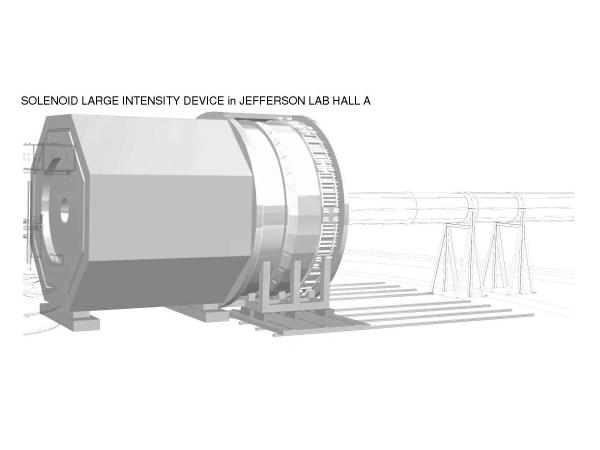Parity-Violation and other Electroweak Physics at JLab 12 GeV and Beyond

Note to applicants: This is a fully virtual workshop.
Measurement of the Parity-Violating Electron Scattering (PVES) asymmetry provided a pivotal role in establish the Standard Model of electroweak physics in the 1980’s. During the 6 GeV era of JLab, PVES had provided data on the strangeness content of the nucleon, the excess of the neutron distribution in heavy nuclei and its connection to neutron star physics, determination of the proton weak charge, and exploratory measurement of the effective electron-quark neutral current couplings gAVeq and gVAeq through Apv in elastic ep scattering and electron-deuteron deep inelastic scattering (DIS), respectively. As JLab 12 GeV program is now in full swing, the goal of JLab’s PVES program has transitioned to improving the precision of past measurements, to test Standard Model, and to provide constraints on Beyond-the SM (BSM) physics that are complementary to high energy direct searches. The upcoming MOLLER and PVDIS experiments at JLab, along with the P2 experiment at the upgraded MESA facility at Mainz, will provide new cornerstone PVES experiments in BSM physics study and anchor the measurement of the weak mixing angle at low energies. These three experiments will also provide the most precise results on the low-energy effective couplings gVAee, gVAeq, and gAVeq, respectively.
GOAL OF THE PROGRAM
The focus of this workshop to fully explore the physics presented by PVDIS and similar measurements with the Solenoid Large Intensity Device (SoLID) at JLab. This not only includes the electroweak standard model study, but also rich hadronic physics topics that can be explored in parallel with or in addition to the main PVDIS measurement. Precision study of some of these hadronic physics topics also ensure accurate interpretation of PVDIS results, such as through radiative corrections. Meanwhile, the prospect of a future positron beam at JLab and an energy upgrade to 24 GeV opens up new exploratory opportunities. By the end of the workshop, we hope to not only strengthen the planned SoLID PVDIS program, but also to expand to these additional topics that can be explored in the near future.
ORGANIZATION
This week-long workshop will take place virtually for five days with the program lasting from 7am to 11am PDT (10am to 2pm EDT) each day that accommodates participants from different time zones.
WE PLAN TO ADDRESS THE FOLLOWING FIVE TOPICS
1. Test of the Electroweak Standard Model through PVDIS
2. Hadronic Effects relevant for PVDIS
3. Radiative Corrections
4. Parton Distribution Functions and Nucleon Structure relevant for PVDIS
5. Electroweak neutral-current measurements at other facilities and/or upgrades

Parity-Violation and other Electroweak Physics at JLab 12 GeV and Beyond
credit: Jefferson Lab PVDIS Collaboration

Parity-Violation and other Electroweak Physics at JLab 12 GeV and Beyond
credit: Eur.Phys.J.A 57 (2021) 5, 173

Parity-Violation and other Electroweak Physics at JLab 12 GeV and Beyond
credit: C. Prescott et al., Phys.Lett.B 77 (1978) 347-352
